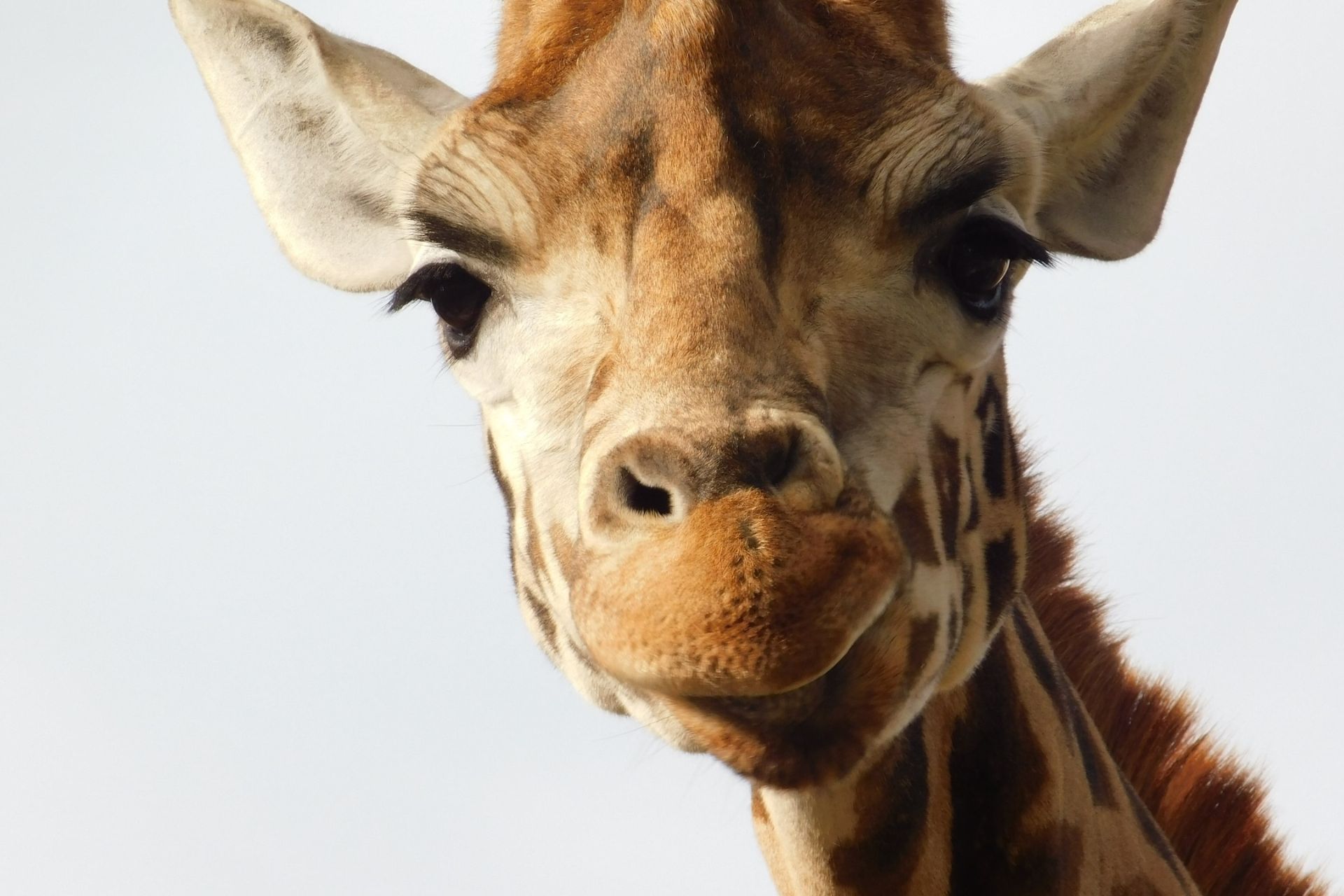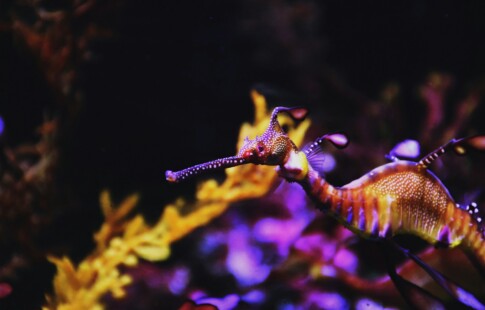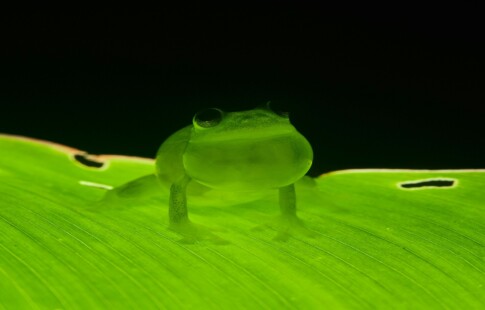
Why Helping Animals Is Important to Saving the Planet
We are reader-supported. When you buy through links on our site, we may earn affiliate commission.
Animals play a vital role in the lives of humans and in maintaining the environment. Why helping animals is important to conservation is because everything works in harmony. Take any one animal species out and you risk harming the entire ecosystem. Something that might seem harmless, such as getting rid of mosquitoes might remove a food source for another animal, such as bats or birds.
Losing a single species impacts the ecosystem in unpredictable ways. For example, an animal that eats a particular plant goes extinct. The plant then grows so much it overpowers other plants. Other animals no longer have the food they need to survive. The cycle continues, making the impact of one animal going extinct far more powerful than anyone initially imagined.
How Does Helping Animals Help the Environment?
The International Union for Conservation of Nature (IUCN) studied 150,000 species to compile a Red List of around 40,084 considered at threat for extinction. The list changes each time it is reevaluated. Sometimes numbers are better due to conservation efforts. Other times, some species are at even greater risk due to development of previously isolated areas or other human threats to animals.
Even domestic animals are part of the overall ecosystem. For example, cattle provide milk or food. Dogs work alongside humans to protect them or bring them emotional comfort. Helping all types of animals can help the environment in a wide variety of ways.
Every Animal Serves a Purpose in the Ecosystem
Even the smallest organisms contribute something to the ecosystem they’re part of. For example, African elephants help distribute seeds as far as 40 miles due to eating fruit and plants, traveling and defecating. The plants grow and help other areas and animals.
Bees are known to be massive pollinators and much of the world’s food supply depends upon pollination. One of the reasons so many were concerned about decreases in the honey bee population was because without bees we don’t have pollinators. Without pollinators, we don’t have food.
Even the domestic dog serves a purpose, from protecting people and rescuing them to offering emotional support. Animals support our ecosystem and bring joy to our lives, which is why helping animals is important to preserve our way of life and planet.
Look at the World Around You
The best place to learn about how animals contribute to an ecosystem is by looking at where you live. Take a hike in a nearby forest and pay attention to what animals, plants and insects are there. How do they work with one another to keep things in balance? Nature is often about harmony.
Parents and kids can walk down to a local pond and check out the frog eggs and watch as they develop into tadpoles and later frogs. Talk about how they serve as a food source for the fish and the fish serve as a food for birds and humans. What would happen if some of the water plants disappeared? How might it impact the frogs and then the birds, etc.?
Fun Activities to Do With Kids Related to Animal Conservation
One of the best ways for kids to learn about why it’s so important to help animals and how it relates to the environment is by doing hands-on activities.
- Save wildlife when you can. Did you find a baby bird that fell from its nest? Try to nurse it back to health and release it.
- Plan a backyard pollinator garden this summer.
- Hang bird feeders and bat houses. Talk about how bats are beneficial to humans by eating mosquitos.
- Study a bird such as crows or hummingbirds. Learn everything you can about them and how to help them thrive.
- Visit a local zoo with strong conservation efforts. Talk about how animals should be free but human expansion has caused some to be endangered and zoos help keep their population up through various programs.
- Download a free study plan and learn about endangered species, such as sea turtles.
- Visit a local K-9 unit, wildlife rehabilitation center or other local organization that involves animals. Some fire stations still have a pet that helps soothe firefighters and center them after battling a deadly blaze.
If you develop an appreciation for why helping animals is important, your kids will notice and care, too.
Understand the Circle of Life
Most people who love the planet are familiar with the circle of life. Scientific American explains how all 2.3 million species on the planet are placed into a single circle and lineages shown. Once you understand how everything connects, it’s much easier to explain it to your child, a student or even another adult.
The circle of life involves four phases for all living things: birth, development, reproduction and death. Children may have a hard time understanding how it comes full circle when death is involved. Explain how the animals or plants decompose and add nutrients to the soil or serve as food for other creatures, such as vultures. Thus giving new life in a different way. It truly is a beautiful and unique structure that is perfect until humans make it imperfect by bringing in a non-native plant or creature or harming the environment in some way.
When you understand how the circle of life impacts all living creatures in an area, you begin to understand why it’s so crucial to help animals and protect the environment. Even small things such as changing the type of laundry soap you use can make an impact because chemicals don’t leach into drinking water and harm animals and plants in the area.
Embrace Keystone Species
There are some species so vital to local ecosystems that the entire system collapses if they’re removed. These tend to be things that are busiest, such as bees and beavers with their dams. People should strive to preserve keystone species.
Helping animals is crucial to saving the planet. When we help other living creatures it brings out the best of our nature. It also helps the local environment and preserves species for future generations to enjoy.
Share on
Like what you read? Join other Environment.co readers!
Get the latest updates on our planet by subscribing to the Environment.co newsletter!
About the author

Jane Marsh
Starting from an early age, Jane Marsh loved all animals and became a budding environmentalist. Now, Jane works as the Editor-in-Chief of Environment.co where she covers topics related to climate policy, renewable energy, the food industry, and more.





